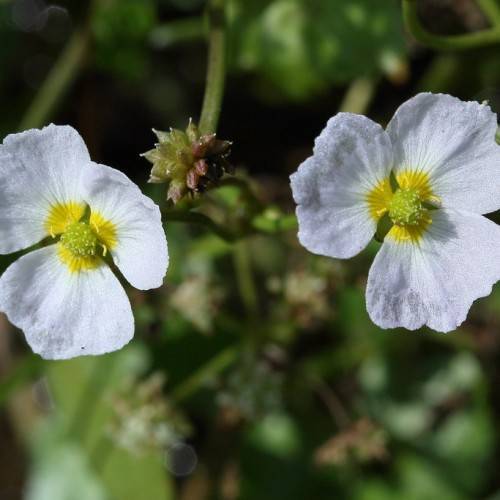
Lesser Water-Plantain
Baldellia ranunculoides
Watering:
Frequent
Hardiness Zone:
Sun:
full sun,part sun/part shade
Leaf:
Yes
Growth Rate:
High
Salt Tolerant:
Yes
Invasive:
Yes
Care Level:
Low
watering
For the mosquito fern (Azolla caroliniana), it is best to water twice a week with an inch of water each time. Additionally, it is helpful to mist the fern daily to keep its delicate leaves from drying out.
sunlight
Mosquito Fern (Azolla caroliniana) requires plenty of direct sunlight to grow and thrive. It has been shown to do best when exposed to 10-12 hours of bright sunlight each day. However, if planted in an area with too much direct sunlight, it is prone to drying out and wilting. As such, if planted outdoors, it's recommended to site it in a partially shaded area that receives a few hours of direct sunlight each day combined with some indirect light.
pruning
Mosquito Fern (Azolla caroliniana) should be pruned regularly and heavily. Pruning should occur once a month in the spring and summer months, and once every 2 months in the fall and winter. It is important to remove any dead or dying leaves as part of the pruning process. Using sharp, clean scissors or pruners, cut the Mosquito Fern back to half its height every time it is pruned. This will help keep the plant healthy and promote new growth.
